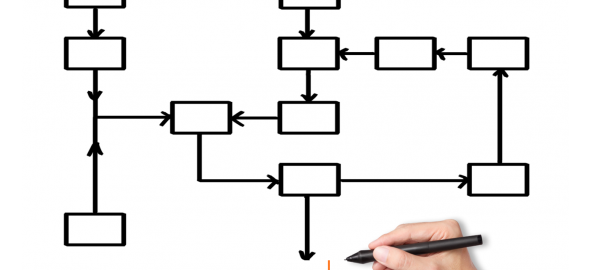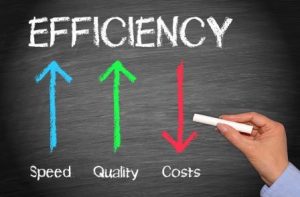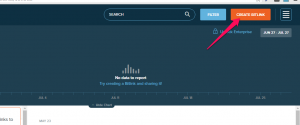We understand that often Marketing is under the gun to get things done. Everyone from the CEO down wants everything NOW. To “get things done”, Marketing like all functions in the organization runs on processes. Planning, reporting, model development, research, customer journey mapping, content creation, event management, campaigns, opportunity management, etc., are all examples of Marketing processes!
Here’s the good news: technology exists today that can automate many of these. Here’s the bad news: technology and related projects often fail. Here are some sobering statistics:
- Scott Edinger in an HBR article claimed “18% to 69% of Marketing Technology implementations fail.”
- A Gartner study in 2019 declared that 54% of analytics insights will not deliver business outcomes thru 2022.
- Another Gartner study forecasts that 85% of Big Data projects fail.
The failures are certainly not due to lack of investment. The CMOSurvey.org found that as much as 60% of the Marketing budget goes to analytics and automation. We believe there are three primary reasons underlying these failures: lack of a plan, lack of skills/expertise and very importantly the lack of processes. The importance of process is not to be glossed over. Process is a critical aspect of operational excellence and high performance.
Paul Light in his book The Four Pillars of High Performance counts process among the four pillars of high performing organizations. Work by him and others found that when an average performing company moves to the top quartile of performance profits increase by 3-4% of revenue. Nothing to sneeze at for sure!
It is our contention that if your current Marketing processes are not effective or efficient, then automation will mean being faster at following a bad process. It does matter how you get things done. Process is your glue between your people, tools and business results. Process captures the “set of interrelated or interacting activities which transforms inputs into outputs.” Activities themselves have no value. They attract a cost. It is the output – the deliverable – that adds the value.
To Improve a Process, Map It
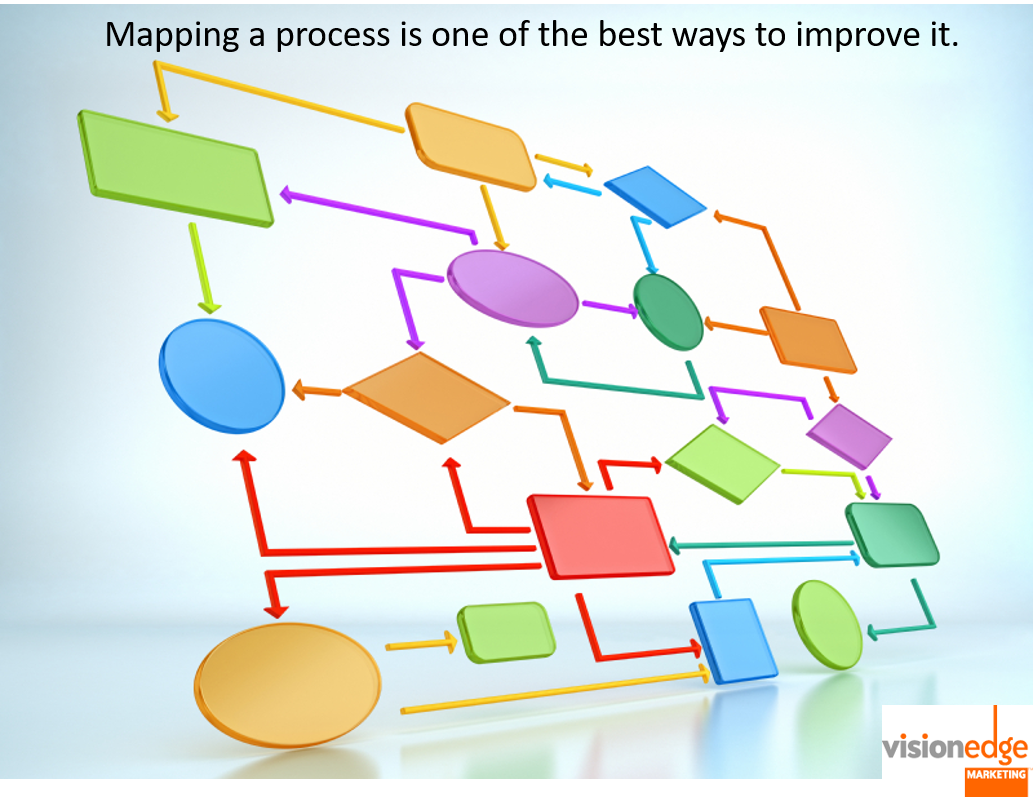
Process mapping is a fundamental component for operational excellence.
This work to improve your processes starts with process maps. Process maps visually represent the relationship between the steps and inputs to produce an end product or service. Process maps capture ALL the interrelated activities in the order in which they occur. They detail every step of the individual processes. It’s hard to identify what to change and achieve operational excellence if you don’t have the entire process documented.
This is one of the unfortunate reasons many organizations forgo creating process maps – it takes both time and skill. At a minimum good process maps are detailed and include who, when, dependencies and decision/action points. It’s easy to skip doing the as-is and jump straight to how you want the process to work. This is a mistake. You cannot know what to fix or optimize if you don’t know how the current process works.
Let’s explore the process of making a process map. This is where process and analysis intersect. You need a process for how you perform analytics. You need analytics to evaluate your processes and improve them. And you will need analytics to inform your process. There are five key steps to the process of mapping and automating processes:
- Identify the process you’re going to map.
- Gather the information on how the process is performed. Process steps are often “inside the minds” of people who perform them. It’s essential to include everyone associated with the process in the mapping.
- Develop the process map. Hold a working session to construct the map. Be aware of your assumptions! This is a good opportunity to leverage an external facilitator. Someone with process mapping expertise who can ask the right questions and move the work forward but who doesn’t come with any skin in the game or predisposed ideas about the process.
- Analyze the map. Where are the white spaces and bottlenecks? What activities produce or don’t produce value? Ask why and why again for each activity and step. This will lead to being able to develop new and better steps. Validate your map.
- Revise the process to be more effective AND more efficient. This will require some change management capabilities. People are comfortable with how they “get things done.” Everyone associated with the process needs to agree on the revision and bring the new process to fruition.
- Now you can begin to determine whether the process should be automated and if so, how.
How to Select and Prioritize Your Process for Mapping
Which processes should you map first? We turn to research conducted by Rust, Moorman, & Dickson for the answer. In their work, they grouped processes into revenue-creating processes and cost-reducing processes. They found that improving revenue-oriented processes is statistically significant in positively impacting both financial and customer relationship performance. On the other hand, addressing cost reducing processes or trying to do both had insignificant impact on financial and customer relationship performance.
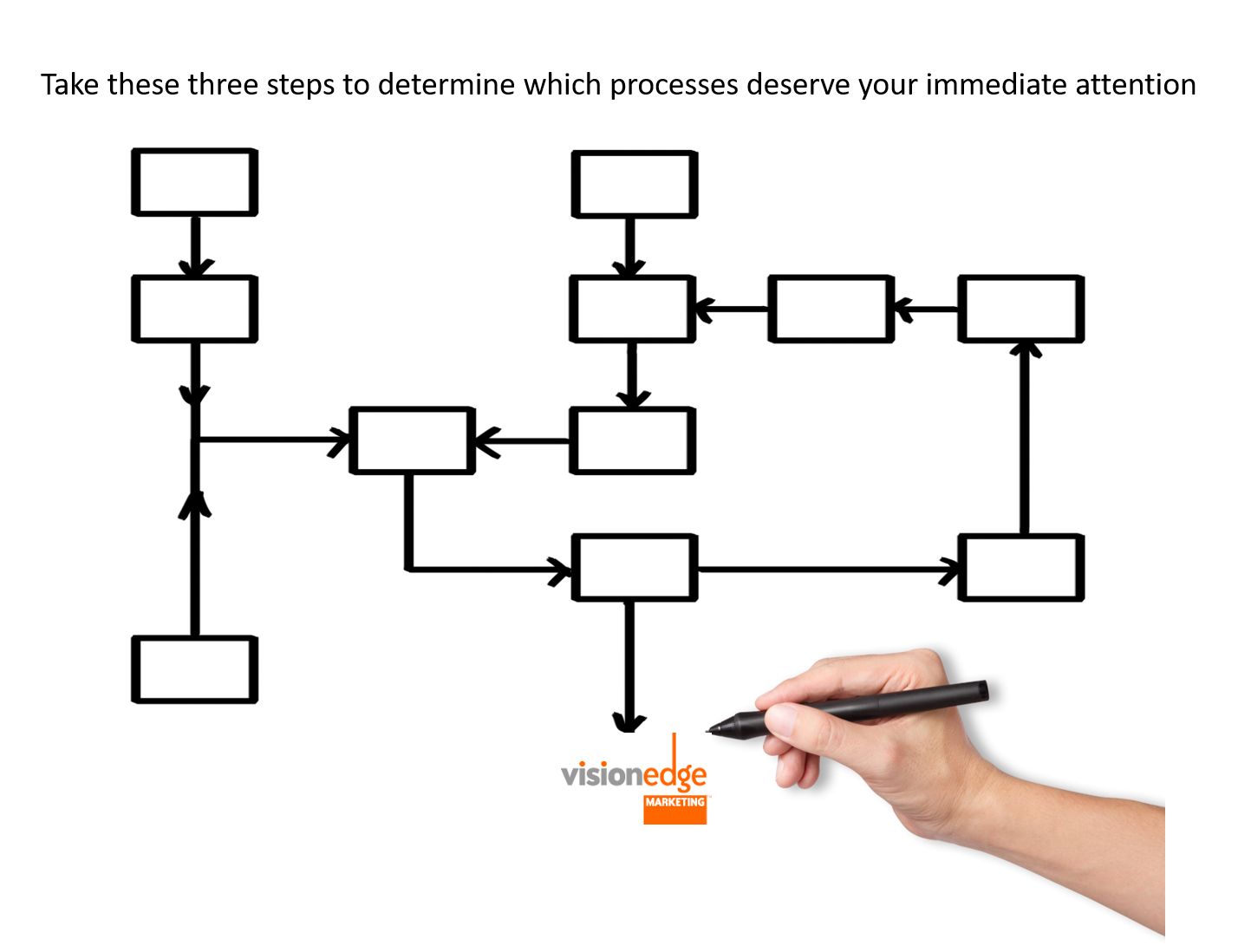
Process mapping helps you improve efficiencies while maintaining quality and increasing value.
Therefore, start with revenue-creating processes. If you’re not sure whether the process is revenue-driving or cost-reducing, ask this question, “What does this activity produce?” For Marketing revenue-driving processes emphasize acquiring, keeping and growing the value of customers. Processes such as segmentation, journey mapping, and innovation fall into this category. Take these three steps to determine which processes deserve your immediate attention:
- Group your processes based on their effect on your customer.
- Prioritize revenue and value creating processes that are key to managing the business.
- Select and focus the revenue processes most relevant to achieving your company’s strategy.
Itemize the data and analytics you will need for each of these and the role analytics plays in each. Address processes where issues/gaps exist. Employ analytics to help you determine which gaps to address first.
Process is what enables you to achieve measurable return on investments and increased efficiencies, while maintaining quality and increasing the value of the corporation. Therefore, defining, documenting, managing and optimizing your processes should be a primary focus for every Marketing leader and professional. This will start you down the path to operational excellence.
Business & Finance Articles on Business 2 Community
(54)
